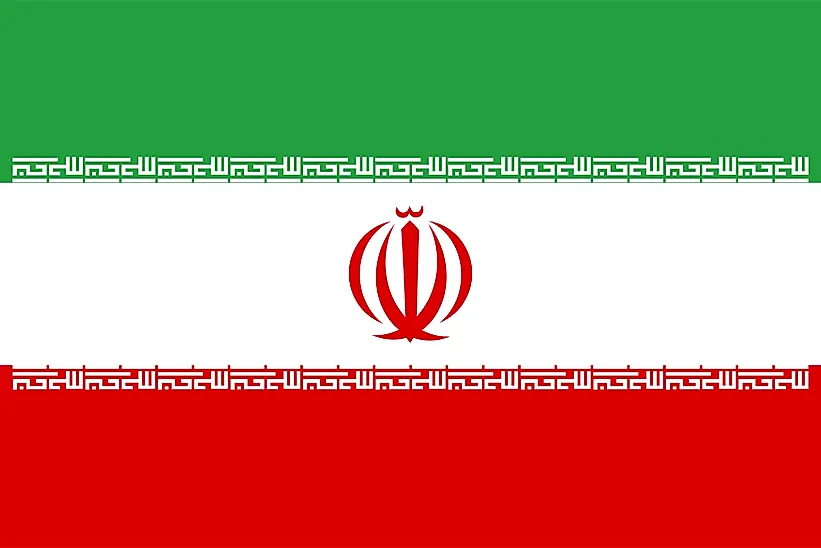
Iran
| Continent | Asia |
| Capital | Tehran |
| Population | 82,801,633 |
| GDP | $1.46 Trillion |
| GDP per Capita | $18,100 |
| Dialing Code | +98 |
| ISO Code (2-letter) | IR |
| ISO Code (3-letter) | IRN |
Iran Landscapes






About Iran
Welcome to Iran, a nation where ancient Persian civilization meets contemporary culture. With approximately 85 million people occupying 1,648,195 square kilometers, Iran combines millennia of historical heritage with remarkable geographical diversity, standing as one of the world’s oldest continuous civilizations.
Geographic Features and Natural Beauty
Iran’s geography encompasses extraordinary diversity, from the Caspian Sea coast in the north to the Persian Gulf in the south. The country features two major mountain ranges: the Alborz in the north and the Zagros stretching from northwest to southeast.
The landscape includes vast deserts like the Dasht-e Kavir and Dasht-e Lut, alongside fertile valleys and ancient forests. The country’s varied topography creates multiple climate zones, from subtropical regions along the Caspian to arid desert areas.
Protected areas include the Hyrcanian Forests, a UNESCO World Heritage site preserving ancient woodland dating back to the last ice age, and various national parks protecting unique wildlife including Persian leopards and Asian cheetahs. The country’s geographical position creates remarkable biodiversity across different ecosystems.
Cultural Heritage and Traditions
Iranian culture represents one of the world’s oldest civilizations, with rich traditions in literature, art, and architecture. Persian poetry, particularly works by Hafez, Rumi, and Ferdowsi, continues to influence global literature and philosophy.
Traditional arts include Persian carpet weaving, miniature painting, calligraphy, and metalwork. The country’s architectural heritage features magnificent examples like Persepolis, Isfahan’s Naqsh-e Jahan Square, and numerous historic mosques and palaces.
Iranian cuisine reflects ancient traditions and regional diversity, featuring distinctive use of herbs, spices, and fruits. Traditional crafts include intricate tile work, pottery, and textile arts, while music maintains both classical Persian and regional folk traditions.
Historical Journey
Iran’s history spans from ancient civilizations including the Elamites and Achaemenids through various empires to its current position. The Persian Empire under Cyrus the Great established principles of religious tolerance and multicultural governance.
Significant periods include the Islamic Golden Age, which saw major contributions to science and arts, the Safavid Empire’s cultural flowering, and modern developments including the 1979 Islamic Revolution. The country’s historical contributions to mathematics, astronomy, and medicine continue to influence global knowledge.
Modern Economic Landscape
Today’s Iranian economy combines traditional strengths in agriculture and handicrafts with significant industrial development. The country maintains substantial oil and natural gas reserves while developing various economic sectors.
Recent initiatives focus on technological advancement, particularly in biotechnology and nanotechnology. Iran’s educated workforce and diverse economic base support its position as a regional economic power.
International Relations and Global Position
Iran maintains significant regional influence while navigating complex international relations. The country’s strategic location and cultural influence extend throughout the Middle East and Central Asia.
Did You Know?
• The word ‘Paradise’ comes from the Old Persian word ‘Pardis’?
• Iran has the world’s largest collection of historic bridges?
• The game of polo originated in ancient Persia?
• Iranian scientists made major contributions to algebra and algorithms?
Conclusion
Iran represents an extraordinary combination of ancient heritage and modern aspirations. From its archaeological treasures to its contemporary innovations, from its literary legacy to its scientific achievements, Iran continues to evolve while maintaining its distinctive cultural identity. As it addresses contemporary challenges and opportunities, Iran remains committed to preserving its rich heritage while developing its future potential.